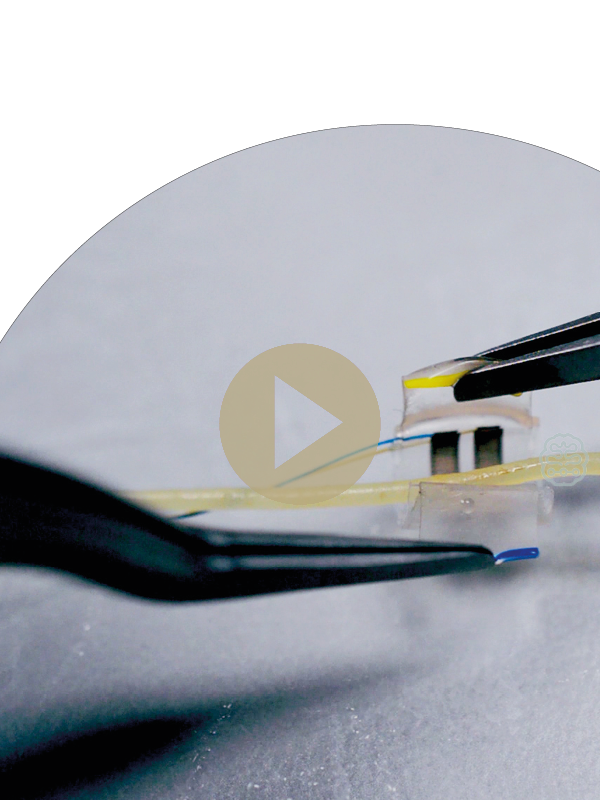°AirRay Cuff electrodes make contact with peripheral nerves. These can also be very finely structured, so that the electrodes interfacing them may only have a diameter of 100 µm. The implantation of the cuff represents a big challenge in these small dimensions.
In a short video we have compiled a few tips around the implantation of Cuff electrodes – in this case especially for the °AirRay Tunnel Cuff. In order to demonstrate how cuff and nerve interact served ourselves in the kitchen and got the perfect nerve substitute – spaghettini al dente.
Our CTO and CEO Dr. Martin Schüttler demonstrates in the tutorial how the nerve is exposed, the cuff is prepared and finally implanted. The spaghettini imitate the characteristics of nerves in a perfect way: just like a nerve, they are very flexible, soft and easy to damage.
The video not only gives a comprehensive insight into the process of implantation, but also deals with the „Dos“ and „Don’ts“ around the handling of cuffs and nerves.
Click here to find different solutions for interfaces to the peripheral nervous system
